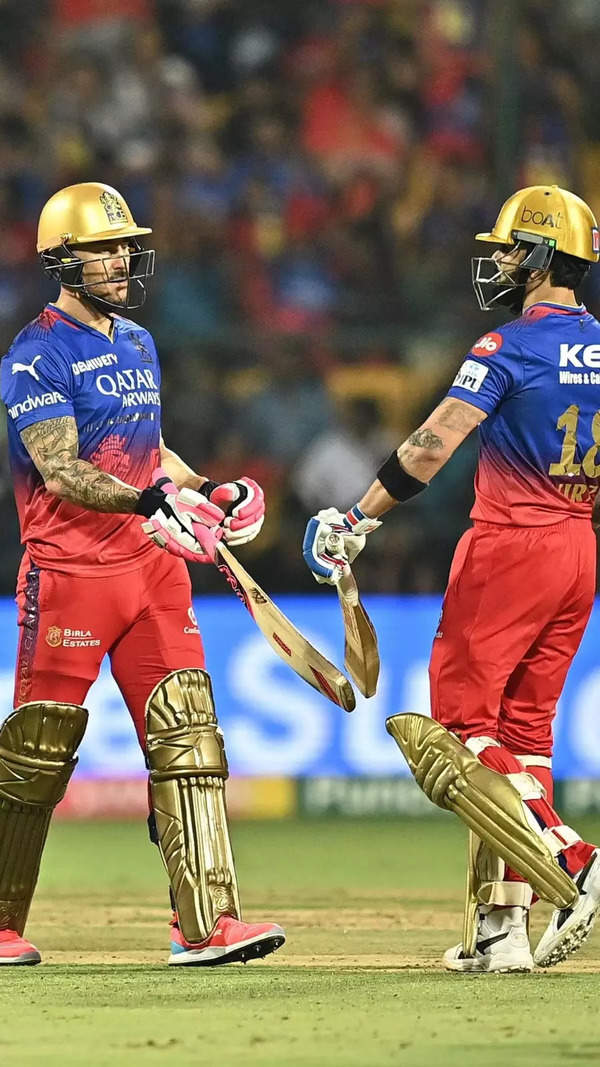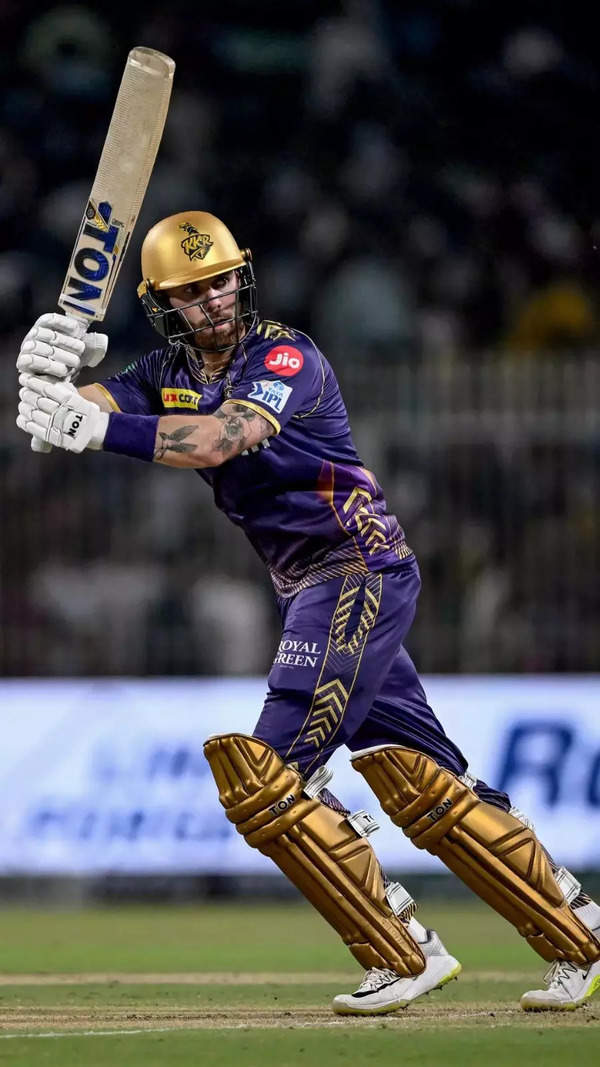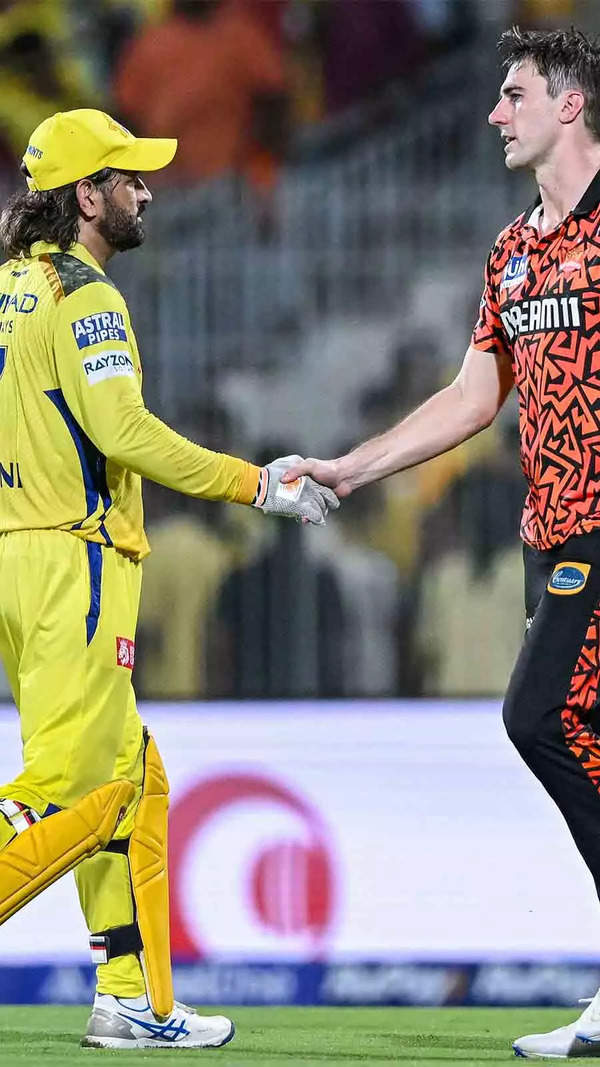- News
- Sports News
- Hockey News
- Left-side story: Zafar Iqbal on the genius of Mohammed Shahid
Trending
This story is from July 22, 2016
Left-side story: Zafar Iqbal on the genius of Mohammed Shahid
Speaking to TOI Sports while visiting to display first hand what made the departed hockey legend unique, Zafar Iqbal recalled the glory years.
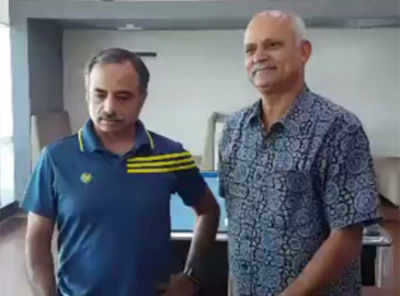
Zafar Iqbal at TOI Noida office.
Key Highlights
- Late Mohammed Shahid formed a memorable and potent force on the field with Zafar Iqbal
- Shahid’s style of play was based on speed and an ability to dribble the ball with rare wizardy
- Zafar also remembers the reclusive Shahid of later years
NEW DELHI: It has been two days since India lost a rare breed of hockey player in Mohammed Shahid, a dribbler extraordinaire and one of the poster boys for the sport in the country during the 1980s which, sadly, was the last great decade that Indian hockey fans experienced. And the man with whom the late Shahid formed a memorable and potent force on the field during that time - in particular at the 1982 and 1986 Asian Games - is still struggling to cope with the void left in his life, and that of the country’s sporting legacy.
Yet he manages to smile, his eyes twinkling like a teenager’s while he deftly flips an old wooden hockey stick from the 80s in his left hand, when asked about his memories of Shahid.
“There can and will be only one Shahid. He was God-gifted. Itna talented player toh upar wala hi deta hai,” says Zafar Iqbal, the former national captain and coach, during a visit to the Times of India offices in Noida to talk about his close friend. “Shahid was a rare unique combination of hockey player and hockey stick. The complete package. Opponents always wondered how to stop him. He was a once-in-a-lifetime player.”
Zafar, who spent countless days and months watching Shahid up close apart from forming a magical pair on the field, remains in awe of what his ‘partner’ could produce on the hockey field.
“The most important thing about him was that he played better hockey on Astroturf. He never complained about what surface we had to play on. There were no glitches in his game. He developed new strokes, which we struggled to replicate in our playing days. “Without him, we would have struggled in the early 80s … in ’82, ’84 and ’86 especially. He dumbfounded a very strong German team in ’86, which was something else,” says the 60-year-old, who led India at the 1984 Los Angeles Olympics and who was part of the 1980 team that won the last Olympic gold medal for the country.

According to Zafar, what also set Shahid apart was his mental awareness of match situations and, pertinently, what to do heading into competition. “He was never under pressure. He didn’t fret about opposition and strategy. He played the game in his mind before the actual 70 minutes began. He read matches and opposition and sorted out what had to be done before a match. That allowed him to go into matches fully ready. After that, the mastery took over."
Asked about what he learned from playing with Shahid, Zafar’s reply is immediate: “I had the advantage of playing with a great player. Our tuning was good. We used to discuss on and off the field and then signal in our own unique way to each other how to cope with players.”
On a somber note, Zafar also remembers the reclusive Shahid of later years, post retirement, who rarely left the town of his birth, Varanasi. “He never got his due, or that much out of hockey. It was another unique thing about Shahid … he never crossed the Laxman-rekha, you can say. He was confined. I don’t know what it was exactly, probably it was his psyche. There were some problems, and sadly it dragged him down.”
Yet he manages to smile, his eyes twinkling like a teenager’s while he deftly flips an old wooden hockey stick from the 80s in his left hand, when asked about his memories of Shahid.
“There can and will be only one Shahid. He was God-gifted. Itna talented player toh upar wala hi deta hai,” says Zafar Iqbal, the former national captain and coach, during a visit to the Times of India offices in Noida to talk about his close friend. “Shahid was a rare unique combination of hockey player and hockey stick. The complete package. Opponents always wondered how to stop him. He was a once-in-a-lifetime player.”
Shahid’s style of play was based on speed and an ability to dribble the ball with rare wizardy, and it was this aspect of his game which won him fans across the country during the 1980s and revived Indian hockey when interest had started to wane against cricket’s immense popularity following the 1983 World Cup win.
Zafar, who spent countless days and months watching Shahid up close apart from forming a magical pair on the field, remains in awe of what his ‘partner’ could produce on the hockey field.
“The most important thing about him was that he played better hockey on Astroturf. He never complained about what surface we had to play on. There were no glitches in his game. He developed new strokes, which we struggled to replicate in our playing days. “Without him, we would have struggled in the early 80s … in ’82, ’84 and ’86 especially. He dumbfounded a very strong German team in ’86, which was something else,” says the 60-year-old, who led India at the 1984 Los Angeles Olympics and who was part of the 1980 team that won the last Olympic gold medal for the country.
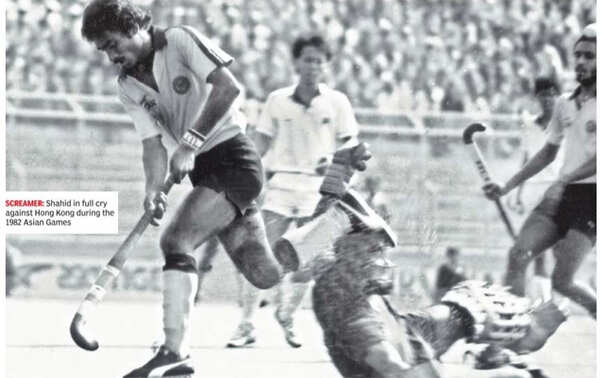
According to Zafar, what also set Shahid apart was his mental awareness of match situations and, pertinently, what to do heading into competition. “He was never under pressure. He didn’t fret about opposition and strategy. He played the game in his mind before the actual 70 minutes began. He read matches and opposition and sorted out what had to be done before a match. That allowed him to go into matches fully ready. After that, the mastery took over."
Asked about what he learned from playing with Shahid, Zafar’s reply is immediate: “I had the advantage of playing with a great player. Our tuning was good. We used to discuss on and off the field and then signal in our own unique way to each other how to cope with players.”
On a somber note, Zafar also remembers the reclusive Shahid of later years, post retirement, who rarely left the town of his birth, Varanasi. “He never got his due, or that much out of hockey. It was another unique thing about Shahid … he never crossed the Laxman-rekha, you can say. He was confined. I don’t know what it was exactly, probably it was his psyche. There were some problems, and sadly it dragged him down.”
End of Article
FOLLOW US ON SOCIAL MEDIA


